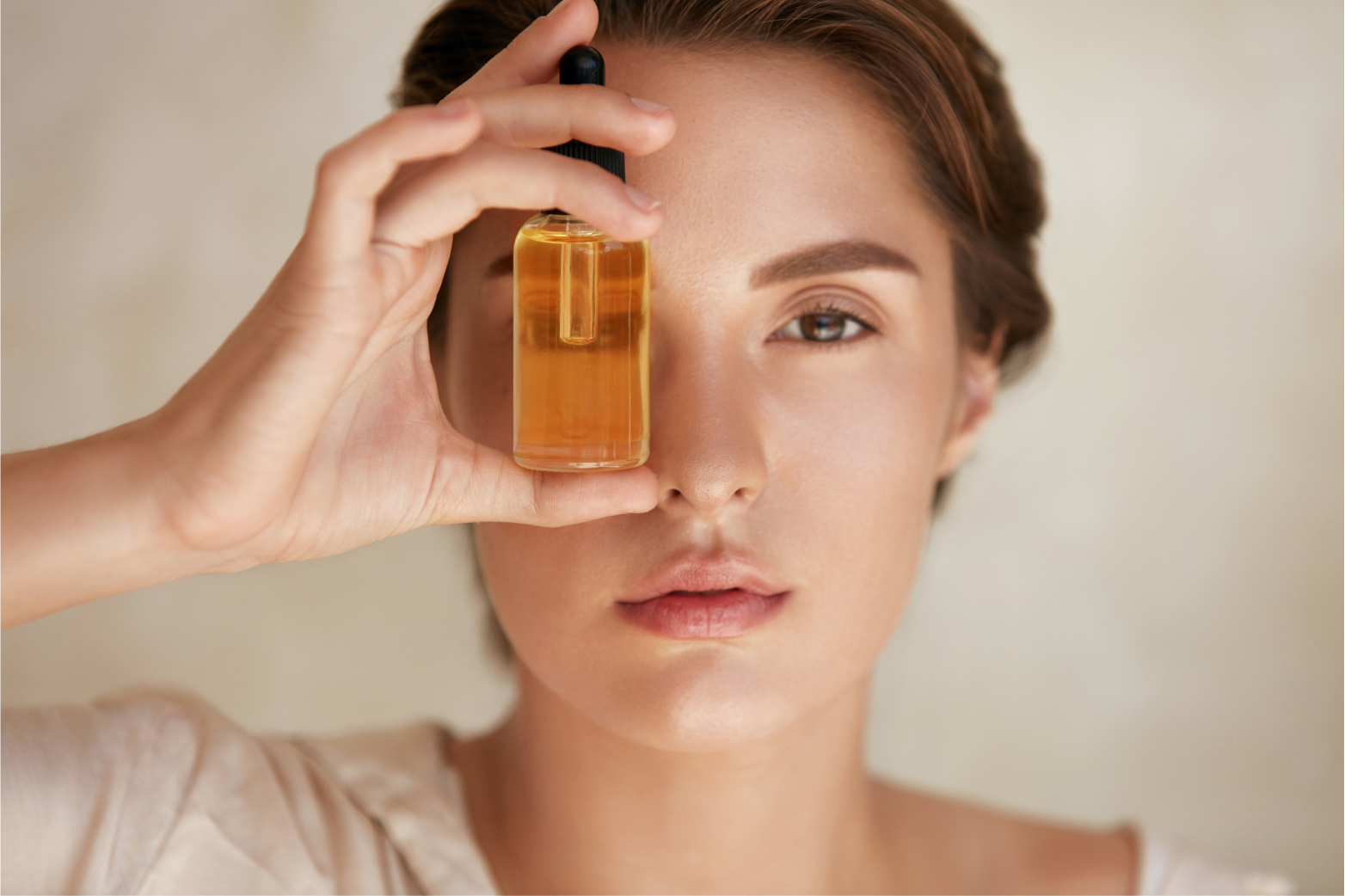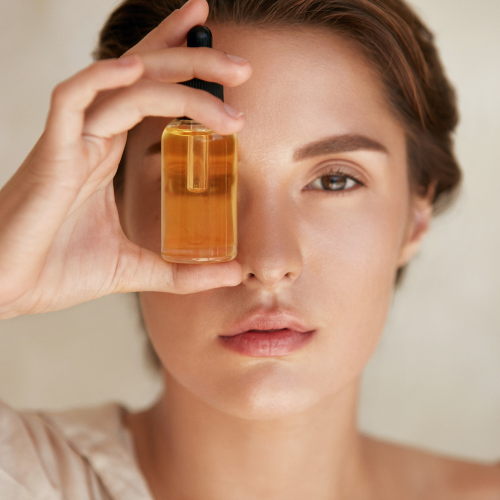 As anyone whose skin feels taut by lunchtime—despite duly slapping on cream or serum in the morning—knows, a moisturiser that hydrates your skin all day long is much harder to come by than you would expect.
As anyone whose skin feels taut by lunchtime—despite duly slapping on cream or serum in the morning—knows, a moisturiser that hydrates your skin all day long is much harder to come by than you would expect.Heavy, oily creams may offer temporary comfort, but can cause congestion as well. On the weightless end of the scale, humectant ‘moisture magnet’ hyaluronic acid (HA) has received much hype—and caused an equal amount of disappointment among users.
“HA has its place but I don’t consider it the best humectant, much less a lone ‘super ingredient’,” says Georgie Cleeve of Oskia skincare, echoing a growing number of cosmetic scientists.
As always in skincare, one good ingredient doth not make a brilliant product: for that, it needs to be delivered in the right formula, alongside other ingredients that work synergistically, to have a real, lasting effect.
Thankfully, the choice in advanced, multi-pronged ultra-hydrators is steadily growing. Here are their four key features to look out for.
Hedge your bets on humectants
Humectants such as HA absorb moisture from the atmosphere and bind it to your skin, offering a water-rich, oil-free hydration boost. “But they all have different molecular weights (meaning they work at different depths of the skin), so the best thing is to use a blend of them,” says Cleeve.“The humble [and much cheaper] glycerine hydrates equally well as HA, but there are numerous other humectants, including many derived from algae. I love those for being true 'friends with benefits'—they do many things besides hydrating, such as delivering essential minerals and lipids to the skin.”
Cleeve also rates polyglutamic acid (PGA), which is “actually more powerful than HA, so only a very small amount is required. 0.1% would significantly hydrate skin without oiliness, leaving an enormous amount of room in the formula to include other wonderful ingredients.” Oskia Isotonic Hydra-Serum, £78, combines a whole host of synergistic hydrators.

Upgrade your hyaluronic acid
If you do plump for one of the countless HA serums on the market, choose an advanced one that mentions ‘different molecular weights’ of HA.A basic one with just high-molecular weight HA (which means the molecules are too large to penetrate) will sit on top of your skin, offering temporary hydration. But if the air is dry, skin will soon start feeling uncomfortably tight as there is simply not enough moisture to attract from the atmosphere.
Instead, the HA will suck water from the deeper layers of the skin before letting it evaporate from its surface, leaving you parched.
Experts recommend several low-to medium molecular weights of HA instead, which penetrate skin and work together to keep moisture trapped deep inside it: Zelens Z Hyaluron Hyaluronic Acid Complex Serum Drops, £55, ticks these boxes. It also features actives that boost skin’s own production of HA for much more sustained hydration—SkinCeuticals H.A. Intensifier, £90, and the aforementioned Oskia Hydra-Serum boast the same.

Add barrier boosters
Unfortunately, using humectants alone addresses the symptom of dryness—but not the cause. To improve skin health in the long term and ensure moisture doesn’t evaporate as soon as you apply it, you need to support and repair skin’s protective lipid barrier.It’s particularly vital for naturally delicate, dry skins, but even oily ones need skin-identical lipids such as ceramides, essential fatty acids and cholesterol to function properly.
Thankfully, even the lightest serums and gel-creams can be formulated with these agents, or alternatively ones that boost your skin’s natural production of them. Alpha-H Vitamin B with Copper Tripeptides Serum, £39, has humectants, electrolytes (see below) and niacinamide, which helps skin generate ceramides.
Kiehl’s Ultra Facial Oil-Free Gel Cream, £28, has glycoproteins that work with ceramides and glycerin to enforce barrier strength.
For dry skin that needs everything and the kitchen sink, Medik8 H.E.O. Mask, £55, has humectants, lipids, and added moisture-sealing plant butters and silicones in exactly the right ratio to heal arid skin. It also has most of the other ancillary hydrating agents mentioned in this feature.

Fix your sprinkler system
Even if moisture does get duly trapped by a healthy barrier, the struggle to reach peak hydration isn’t over.“Water, alongside skin-hydrating agents like hyaluronic acid and glycerine, needs help to be able to flow liberally through skin’s aquaporins, a web of microscopic channels whose job it is to evenly and deeply distribute moisture, down to the deepest depths,” says Paula Begoun of Paula’s Choice skincare.
“To facilitate this efficient irrigation, you need electrolytes. Mainly they are minerals (think magnesium, potassium, sodium…) that, once mixed with fluids, create an electrical charge. It pushes hydrators along to where they are needed, and in exactly the right amount,” says Begoun.
This is important as you want to neither dehydrate nor flood your cells. To spot electrolytes in your skincare, look either for the term ‘isotonic’, which denotes their presence, or, in your ingredients list, minerals followed by the terms ‘PCA’, 'lactate’, or ‘gluconate’ (such as ‘sodium PCA’ or ‘copper gluconate’).
This means the electrolyte have been teamed with a Trojan horse-like molecule that will ensure it actually penetrates skin and reaches the aquaporins. Paula’s Choice Water-Infusing Electrolyte Moisturiser, £32, and Forrl’d Hyalogy P-Effect Refining Lotion, £78 (forlleduk.com) feature these hydration turbo-boosters.
For the body, Eucerin UreaRepair Plus 10% Urea Body Lotion, £14, ticks every limb-quenching box.
 By Ingeborg van Lotringen
By Ingeborg van Lotringen